GPs’ role in helping people decide whether they want screening
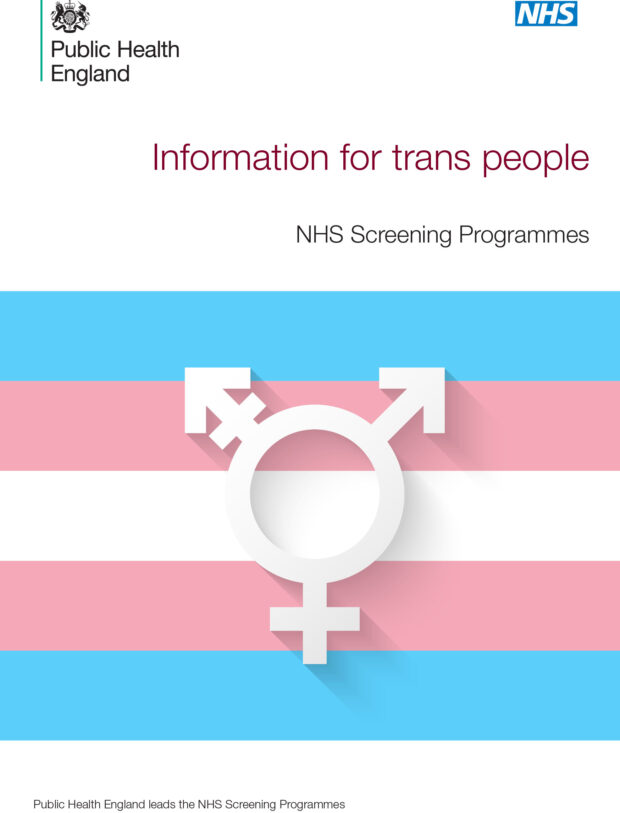
It’s important GPs help ensure everyone gets the information they need in order to decide if screening is the right thing for them depending on their circumstances.

It’s important GPs help ensure everyone gets the information they need in order to decide if screening is the right thing for them depending on their circumstances.
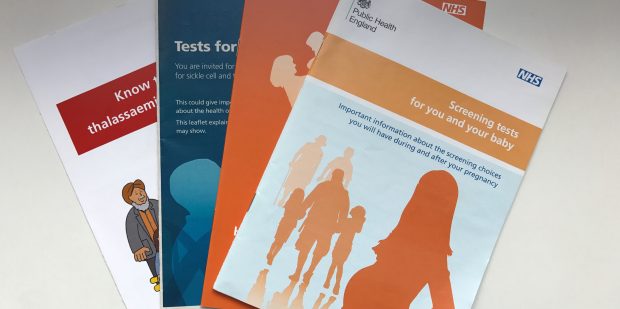
On Monday, 2 April, 2018, a new supplier, APS Group, will take over the printing, storage and distribution of these leaflets. To prepare for this change, there will be 2 weeks of ‘down time’ – from Monday 19 March to Sunday, 1 April, 2018 – when local screening providers will not be able to order leaflets …
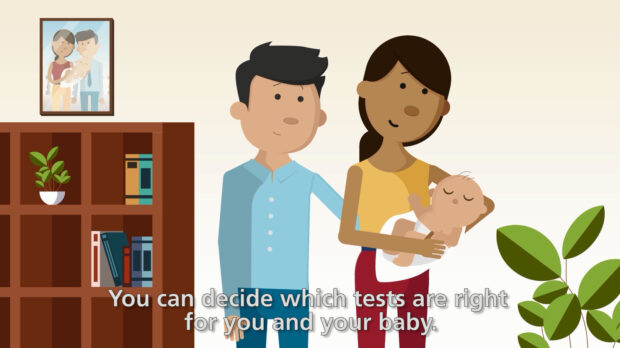
We have worked with the NHS Choices video team and an animation company to produce a new screening animation, which in just 2 ½ minutes explains all the types of screening offered during pregnancy and for newborn babies.

The NHS Sickle Cell and Thalassaemia Screening Programme has organised 2 laboratory update days in April.
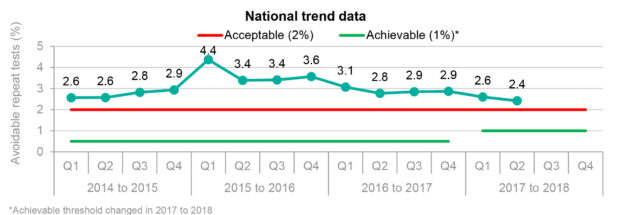
Today we have published the PHE Screening KPI data for the second quarter of 2017 to 2018 (Q2, 1 July to 30 September 2017).

We aim to fully review all our publications at least once every 3 years. But we’ve not yet caught up with all our older publications and leaflets. This means some of them still show historic branding and contact details.
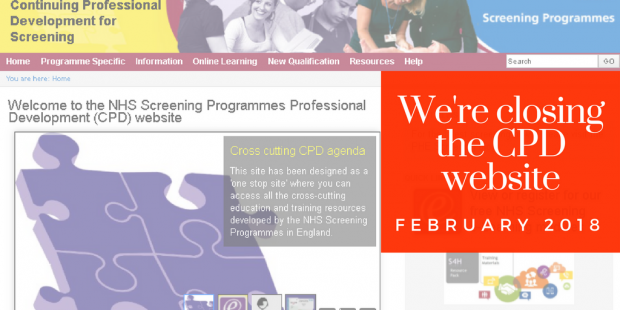
We're closing the continuing professional development (CPD) website next week (18 February 2018). You can find all resources on GOV.UK and e-learning on e-Learning for Healthcare (e-LfH).
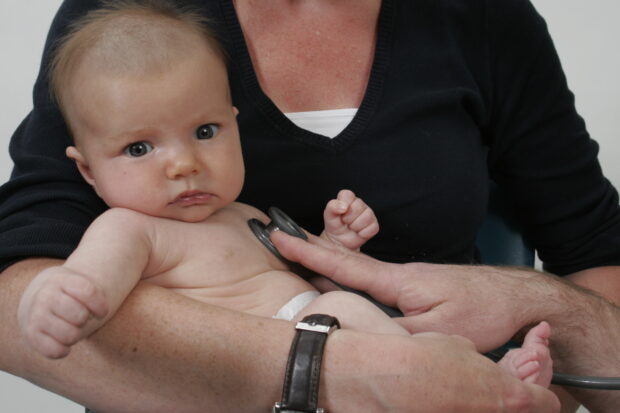
We are pleased to announce that an updated version (5.7) of NIPE SMART will be available to users on 13 February.

Shared learning in this blog post is specifically aimed at laboratories that provide Down’s, Edwards’ and Patau’s screening.
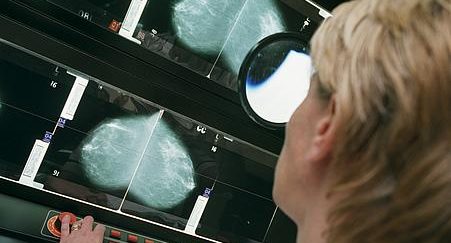
NHS Digital has published its latest annual report of breast cancer screening performance in England, covering the year 1 April 2016 to 31 March 2017. During those 12 months, we invited just under 3 million women for screening and screened 2.2 million, an increase of 1.3% on the previous year.